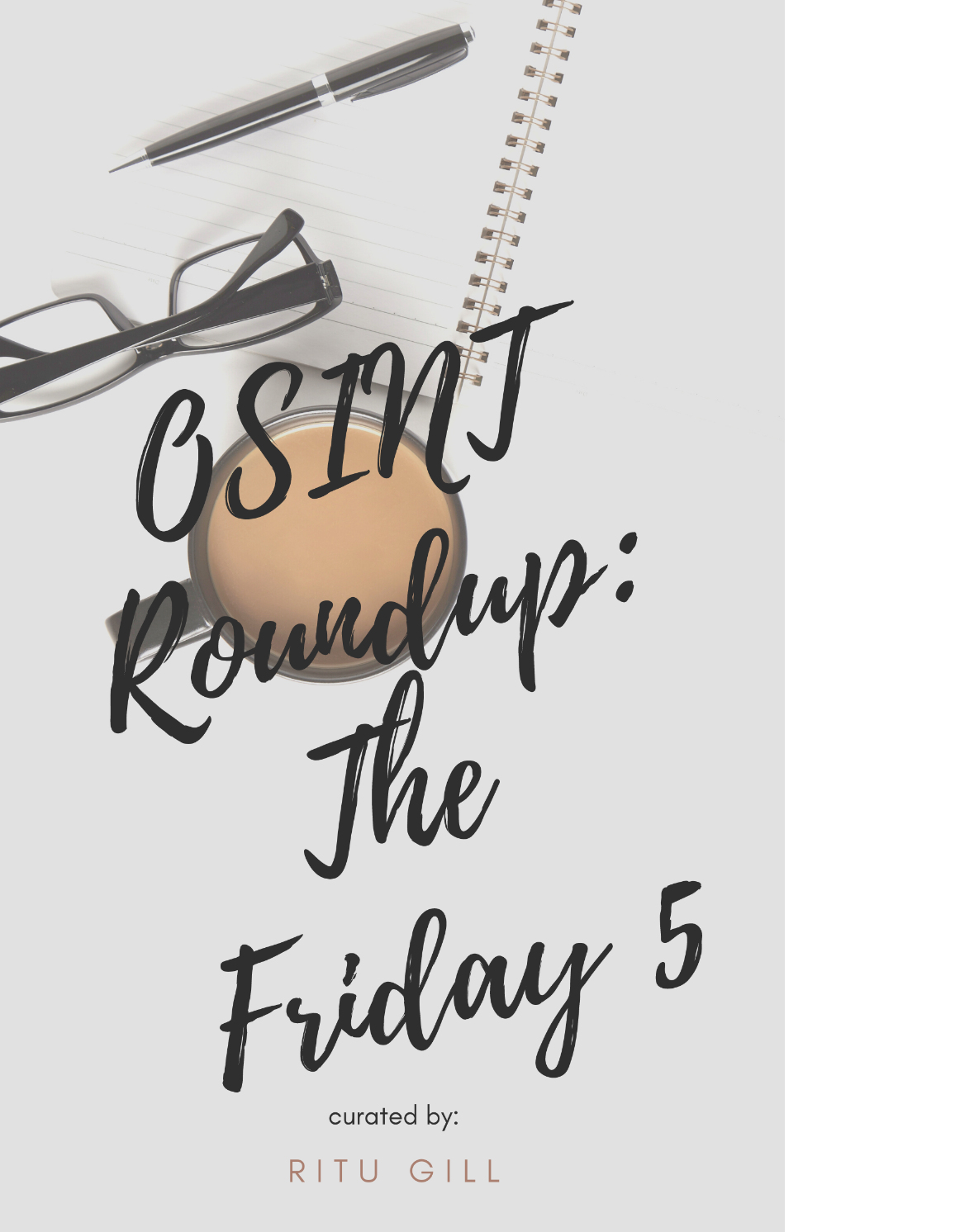Introduction
In open source intelligence (OSINT), tracking and analyzing a target's online presence is essential. Platforms like VSCO offer a treasure trove of information through user-generated photos and videos.
In this article, I will explore how VSCO can be leveraged for OSINT investigations, share insights from my personal use, and provide best practices for integrating it into your investigative workflow.
The Significance of VSCO in OSINT Investigations
VSCO is crucial in OSINT investigations because it often contains contextual details, visible geolocation tags, and other useful information that can provide significant leads.
While most social media platforms remove embedded metadata like GPS coordinates, VSCO allows users to tag the locations of their photo and video posts. These tags can provide valuable geospatial insights when analyzing the movements or associations of a subject of interest.
I've noticed that VSCO profiles aren’t typically indexed on search engines. However, by going directly to the VSCO website and searching there, I have found people’s profiles.
While using search engines is important, visiting websites directly to find valuable data is equally crucial.
An Overview of VSCO
VSCO is a popular photo and video editing social media application. Unlike most social media platforms, VSCO doesn't typically show public likes, comments, or follower counts, making it popular with many people as the social anxiety to get likes doesn’t exist.
Key Features of VSCO:
- Public Profiles: Most profiles are public by default, allowing easy access to user content.
- Search Feature: Find people by name and username (you must be logged in).
- Geotagging: Photos and videos often include geolocation data displayed on the page unless disabled by the user.
VSCO in OSINT Investigations
VSCO profiles are generally public, making them accessible for gathering data. Here are some ways VSCO can be used in OSINT:
- Photos/Videos: The platform’s focus on photos and videos allows for content analysis, such as identifying locations, objects, and potentially, individuals.
- Geolocation Tracking: VSCO posts can include visible geotags, which can be used to track an individual's locations and movements. Even without geotags, there are giveaways in the background of photos that might indicate a location.
- Profile Linking: Users often link their VSCO profiles to their Instagram bios, providing additional pathways to gather information from multiple social media platforms.
Personal Use Cases
As an OSINT investigator, I use VSCO to gather social media presence and cross-reference it with information from other social media platforms.
For example, in one case, I traced an individual's last known locations through multiple photos on their VSCO profile. This investigation began with their Instagram profile, followed by Facebook, and finally led to their VSCO profile. These photos contained several pieces of personally identifiable information.
This process allowed me to identify their home addresses, frequent hangout spots, and other vital leads in the investigation.
I have also worked on weapons cases and dial-a-doping investigations. I started with Instagram in these instances, leading me to the VSCO profiles mentioned in their bios.
Their Instagram accounts were private, but their VSCO profiles were fully accessible due to the absence of privacy settings. Despite the Instagram account being private, the link to their VSCO bio was still visible.
Best Practices for Using VSCO in OSINT
To maximize the effectiveness of VSCO in your investigations, consider the following best practices:
- Cross-Reference Data: Always verify the information obtained from VSCO with other sources to ensure accuracy.
- Use Geotagged Posts: Extract and analyze any visible geotags from photos and videos to gather additional information.
- Pivot Points: In OSINT, pivot points refer to key pieces of information that allow an investigator to move from one source or type of data to another, expanding the investigation. They act as connections or clues that help uncover further relevant information.
- Combine Tools: Integrate VSCO data with other OSINT tools to build a fullsome profile and uncover deeper insights. For instance, if I can identify their username, I would use a username enumeration tool to find other accounts belonging to the subject of interest.
Conclusion
VSCO is a lesser-known platform for OSINT professionals, offering access to content and valuable data related to people investigations.
This platform is growing with over 200 million users. The number of users makes VSCO an app worth monitoring for OSINT data collection.
Integrating VSCO into your investigative workflow can enhance your ability to track and analyze information. For more detailed guidance on capturing VSCO content, visit our Knowledgebase: VSCO - Forensic OSINT Knowledgebase.
By following these tips and leveraging VSCO's features, OSINT investigators can uncover vital information to gain additional insights into their targets’ online activities.



